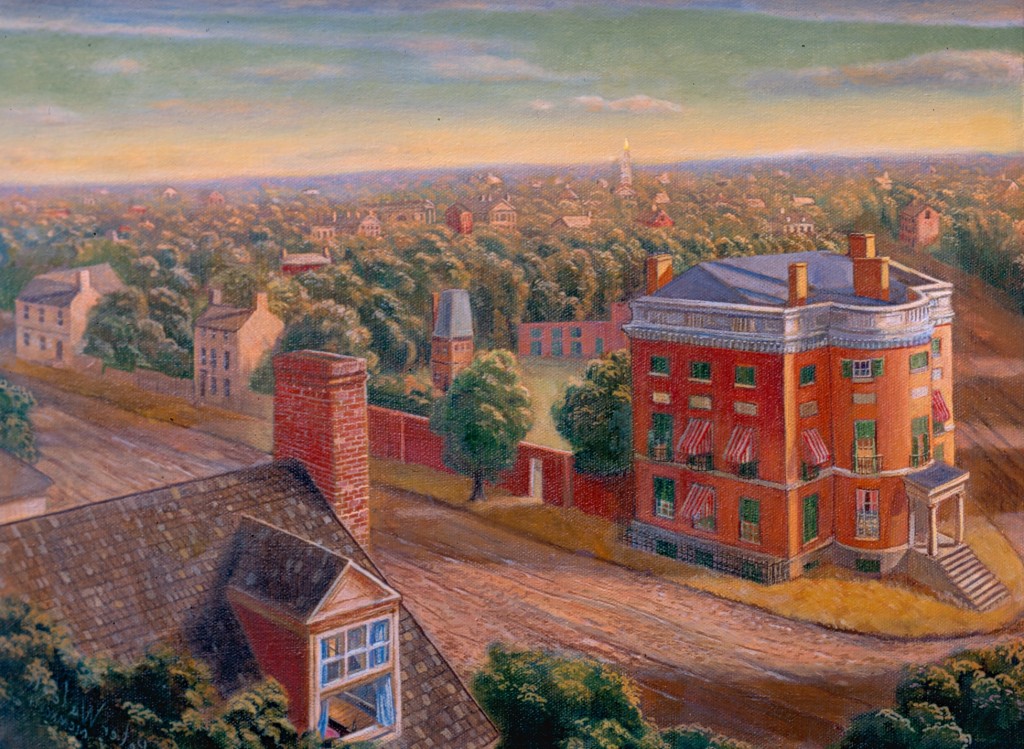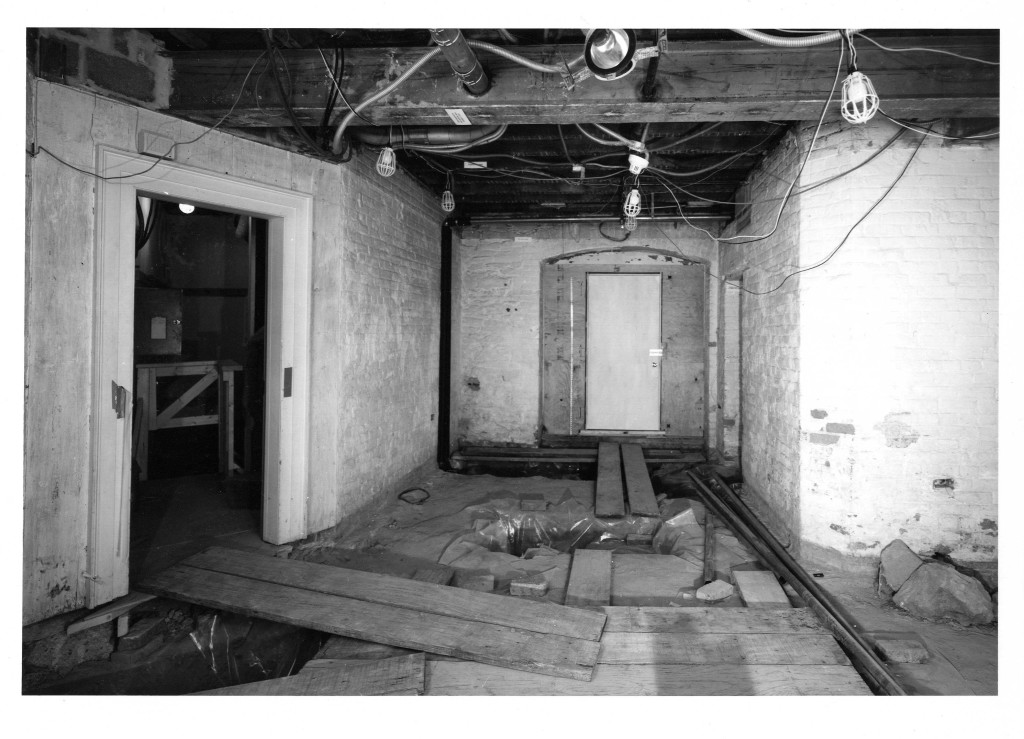History
The Octagon House, as it came to be known, was completed in 1801 in the very early days of the new federal city. Constructed for John Tayloe III and his wife Ann Ogle Tayloe, and designed by Dr. William Thornton—the first architect of the Capitol—the house was a conspicuous statement of support for the newly established capital city from one of Virginia’s most prominent families.
The house served as an important social center in Washington’s early years. When the British burned the White House in 1814, President Madison and his family lived in the Octagon for six months as the city rebuilt. It was here that President Madison signed the Treaty of Ghent in February 1815, formally ending the War of 1812 between Great Britain and the United States.
The house was also living and working space for 12-18 enslaved people, including Harry and Winney Jackson. Harry was the Tayloes’ head coachman, and Winney was Anne’s ladies maid. The Jacksons had three children, but only their son Henry ever worked with his parents at the Octagon. Their two daughters lived and worked at the Tayloes’ Mount Airy plantation in Virginia.
The Tayloe family lived in the house until Anne’s death in 1855. By that time, the neighborhood around the house had changed significantly as factories and breweries filled the Foggy Bottom waterfront. After Anne’s death, her sons rented the house, first to a Catholic girls’ school, and later to the federal government for office space. By the 1880s, the building housed numerous poor families as a tenement.
Around that same time, The American Institute of Architects, which had been headquartered in New York City, began looking for a new national headquarters location in Washington, DC. In 1898, AIA rented The Octagon, and the organization purchased the building in 1902. The building operated as AIA headquarters through 1970. In 1970, The Octagon was first open to the public as a museum.
Major restoration efforts were undertaken in the 1960s and the 1990s, which returned The Octagon to its Tayloe-era appearance. Currently operated by the Architects Foundation, The Octagon offers self-guided tours, permanent and changing exhibitions, public programming, and guided tours by appointment.




